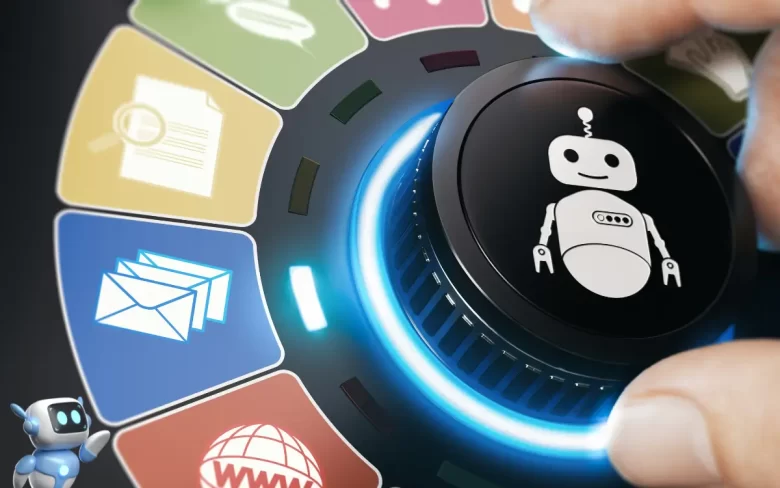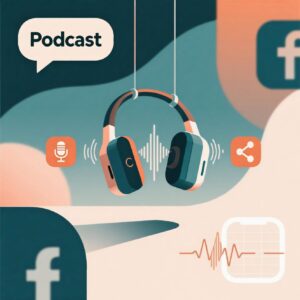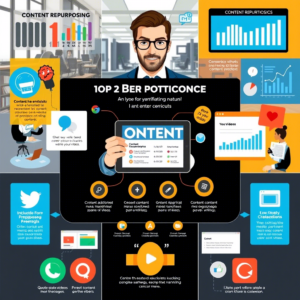These tools enable the automation of tasks like email sending, lead management, and post-sale follow-ups, ensuring more effective and efficient communication.
Automation tools serve as allies, allowing for a personalized approach to each customer depending on their stage in the journey. This translates into faster processes, fewer manual errors, and higher conversion rates.
How to Create an Efficient Buying Journey Using Automation Tools
1. Define Your Ideal Customer Profile (Buyer Persona)
The first step in creating an efficient buying journey is understanding your audience. A buyer persona is a fictional representation of your ideal customer, based on real data and buying behavior.
Practical Example
If you run an online store selling children’s clothing, your buyer persona could be a mother aged 30 to 40 with young children who values practicality and cost-effectiveness.
Using this definition, automation tools can help you send relevant and targeted content to this persona, from the first interaction to post-sale communications.
2. Automate Lead Generation and Qualification
One of the major benefits of automation tools is the ability to streamline lead generation and qualification. This can be achieved through website forms or landing pages that gather visitor information.
Automation tools can automatically classify leads based on predefined criteria, such as engagement levels or purchasing profiles.
Practical Example
Using a marketing automation tool like HubSpot, you can create a form that asks visitors about company size, interest in specific products, and urgency. Based on the responses, the system can classify the lead as “hot,” “warm,” or “cold.”
3. Send Personalized Content Based on the Journey Stage
Once a lead has been qualified, it’s important to provide content that helps them move forward in the buying journey. Automation tools allow for segmented campaigns, where different groups of leads receive tailored content depending on their stage in the journey.
Practical Example
If a lead is in the consideration phase, you can send an e-book detailing how your product solves their problem. If they’re in the decision phase, you might share a price comparison or a special offer.
4. Nurture the Customer Relationship
Even after a purchase, maintaining a strong relationship with the customer is crucial. Automation tools can help you send thank-you emails, request feedback, and promote future offers.
Practical Example
After a service purchase, you can set up an automatic email thanking them for their trust, offering additional support, and suggesting complementary products or services.
5. Analyze and Adjust the Buying Journey
Automation tools are not only useful for execution but also for analysis. They provide valuable data on customer behavior, such as email open rates, link clicks, and time spent on the website. These insights help identify what’s working and what needs improvement in the buying journey.
Practical Example
If many leads drop off during the consideration phase, it may indicate that the content or offer isn’t clear enough. Use this data to refine your approach.
Key Automation Tools for the Buying Journey
- HubSpot: A comprehensive marketing automation platform that includes CRM, lead generation, lead nurturing, and data analysis. It’s an excellent option for businesses of all sizes.
- RD Station: Ideal for the Brazilian market, RD Station is widely used for marketing automation, CRM, and sales. It offers features to create efficient campaigns and track lead journeys.
- Mailchimp: Known for its user-friendly interface, Mailchimp focuses on email marketing automation, allowing for audience segmentation and personalized messages.
Conclusion
Creating an efficient buying journey using automation tools is an essential strategy for companies looking to optimize their processes and increase conversions. Automation not only simplifies communication with customers but also provides a more personalized and relevant experience. By following the tips and steps outlined in this article, you’ll be ready to implement a buying journey that meets customer needs and takes your business to the next level.
FAQ (Frequently Asked Questions)
What is a buying journey?
The buying journey is the process a customer follows from discovering a problem to deciding on a solution.
How does automation help in the buying journey?
Automation simplifies personalized messaging and lead nurturing at each stage of the journey, improving efficiency.
What are the main stages of the buying journey?
The main stages are: awareness, consideration, and decision.
What is a buyer persona?
A buyer persona is a fictional representation of the ideal customer, based on data and real behavior.
What automation tools can I use?
Popular options include HubSpot, RD Station, and Mailchimp.
How can I improve my conversion rate?
By automating the delivery of relevant content at each stage of the journey, you increase conversion chances.
Is automation suitable for all types of businesses?
Yes, businesses of all sizes can benefit from automation, as long as the tools are adapted to their specific needs.




